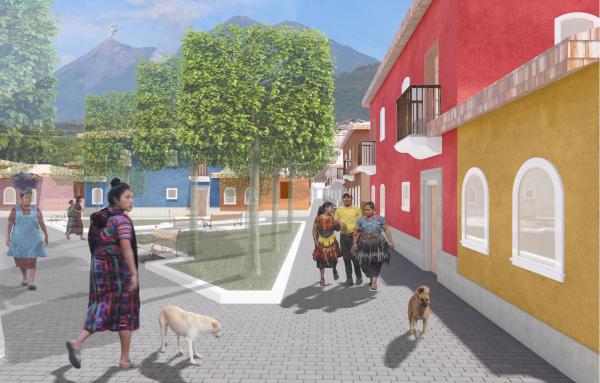
Reintroducing Missing Middle Housing to Vermont
The Vermont Homes for All Toolkit was launched in March of 2024 at a sold-out statewide summit that demonstrated widespread enthusiasm for implementation. The practical publication builds on the state’s 2020 Enabling Better Places: A Zoning Guide for Vermont Neighborhoods, created with the help of CNU. Subsequent zoning reform made small-unit development easier throughout the state.
The toolkit and its community engagement process were designed to reintroduce one-to-four unit Missing Middle Homes to Vermont as a strategy to address Vermont’s housing and affordability crisis. “The one to four unit ‘development sweet spot’ was chosen because of the varied loan options available, new zoning opportunities created by recent state legislation, and the lower level of complexity relative to developing five or more homes,” according to the toolkit authors.
The toolkit takes the small developer through the practical aspects of building a team, getting approvals, obtaining financing, structuring a deal, identifying markets, selecting a design, determining financial viability, and more. Types of loans and sources of financing get special attention. Many housing types are explored and modeled, from accessory units to narrow lot houses, multiplexes of many varieties, and side-by-side houses. The “telescoping house” is a New England rural type that is also found in suburbs, villages, and towns.
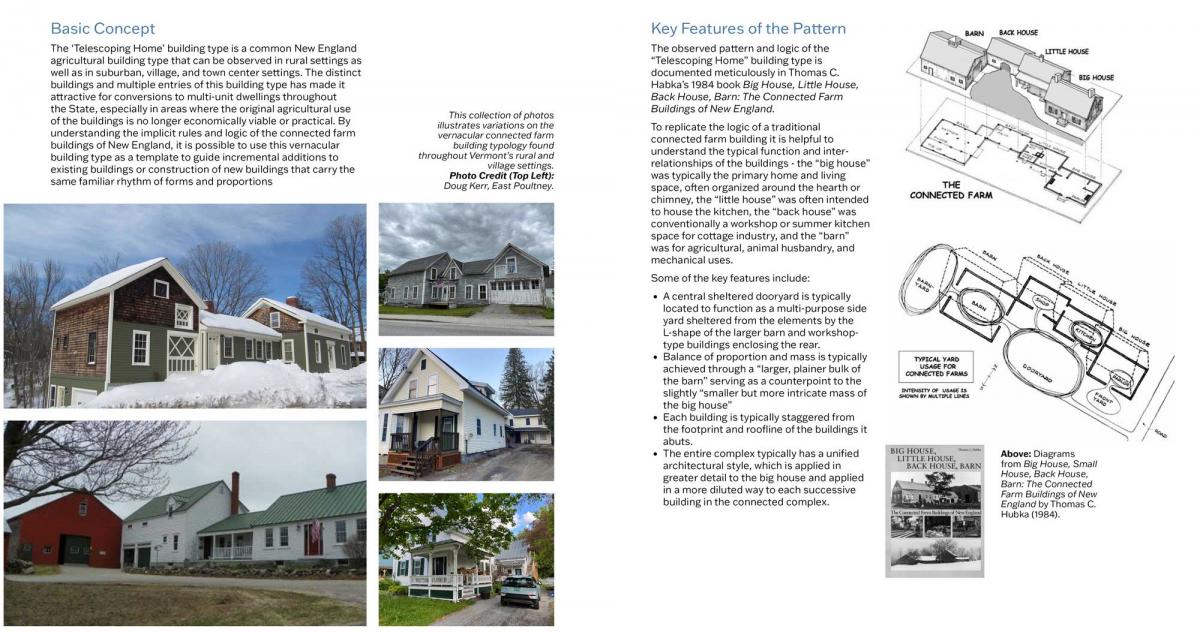
Footprints were sized to fit within many Vermont infill conditions and lots. Regional design elements, including roof pitch, proportions, fenestration, and entry conditions, allow the models to be deployed in a flexible range of typical settings while remaining sensitive to the character of village contexts. Some are modeled on historic multifamily examples, and others are adapted from typical single-family designs with additional units added.
“Decades of single-family zoning have conditioned Vermonters to view missing-middle typologies with suspicion. The approach in this process was to use design specifically to gain greater acceptance of alternative building types that more effectively address the housing needs of Vermont’s changing population,” note the authors.
“Increasing density by allowing more units per building can help with our housing problem. The financials work better if a duplex can be made into four one-bedroom units. It's easier to keep the rents lower for four apartments than for just two,” explains John Dunbar, a developer in Bellows Falls, Vermont.
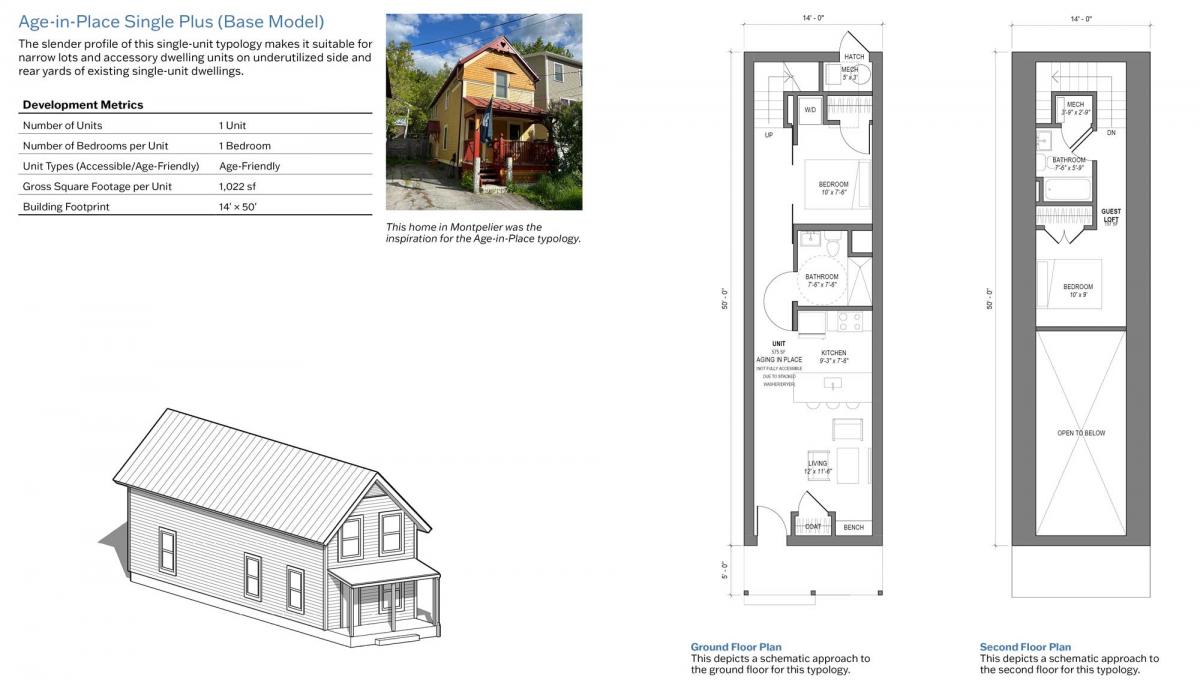
The toolkit has three components:
- Builders’ Workbook: This how-to workbook provides a roadmap to small-scale real estate development in Vermont for first-timers, including regulations and zoning, financing and feasibility, infrastructure and design, as well as advice on potential partners that can help beginner developers achieve success.
- Home Design Guide: The guide features five Missing Middle Home types, each with optional variations, developed in a broadly appealing Vermont vernacular with embedded features to improve affordability, sustainability, and accessibility.
- Vermont Neighborhood Infill Design Case Studies: Five case studies show how the Missing Middle Home types can be integrated into various existing Vermont neighborhoods and communities.
“I think we're going to see a burst of incremental development because of the state's housing crisis. But I also think this infill development is responding to a greater desire for urban living than there used to be. People want to be in community,” says Lyssa Papazian, a historic preservation consultant in Putney, Vermont.
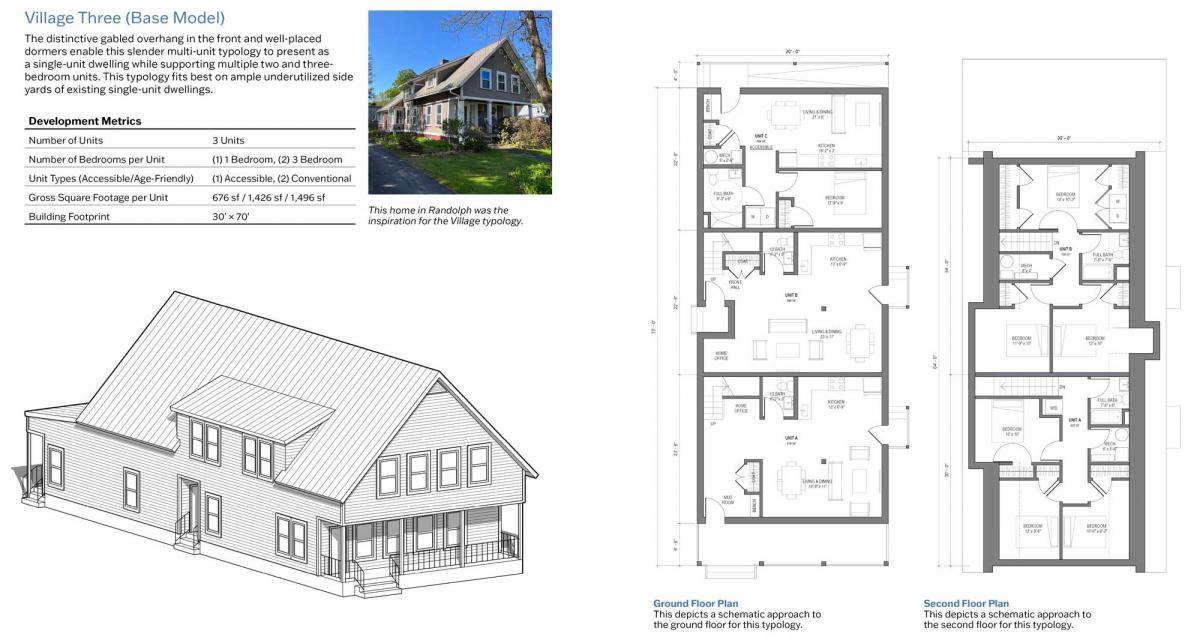
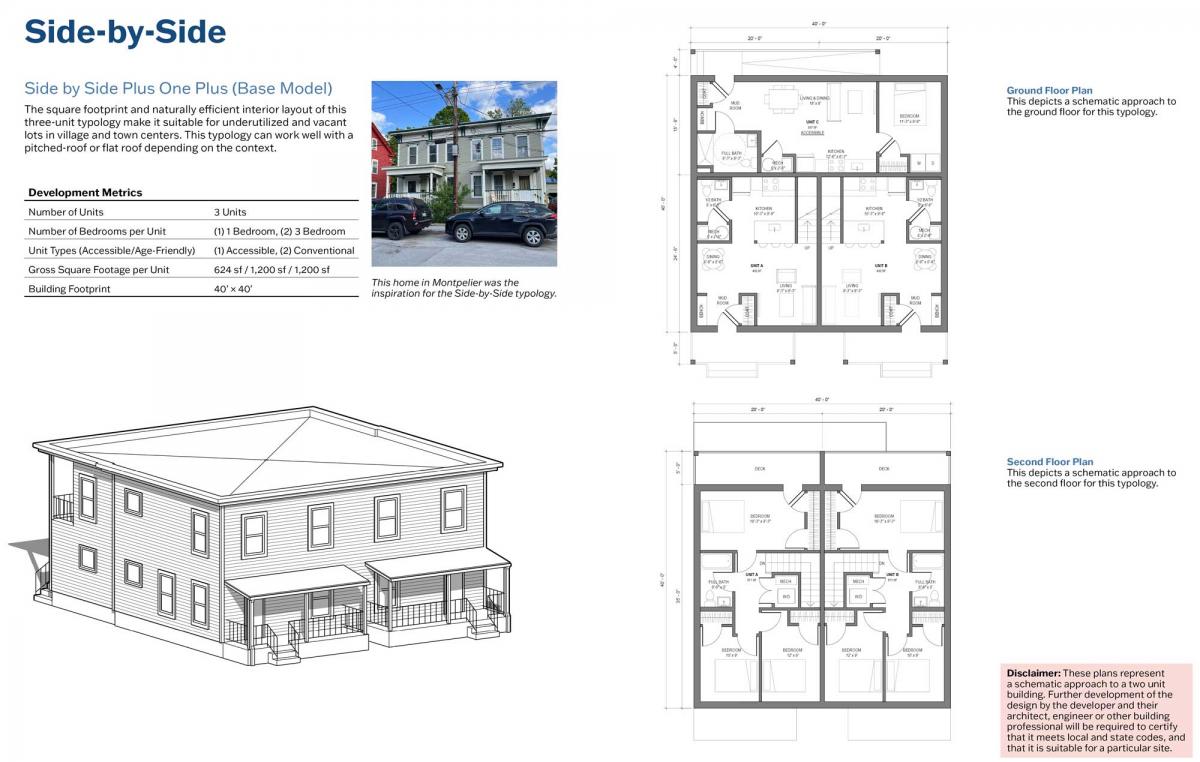
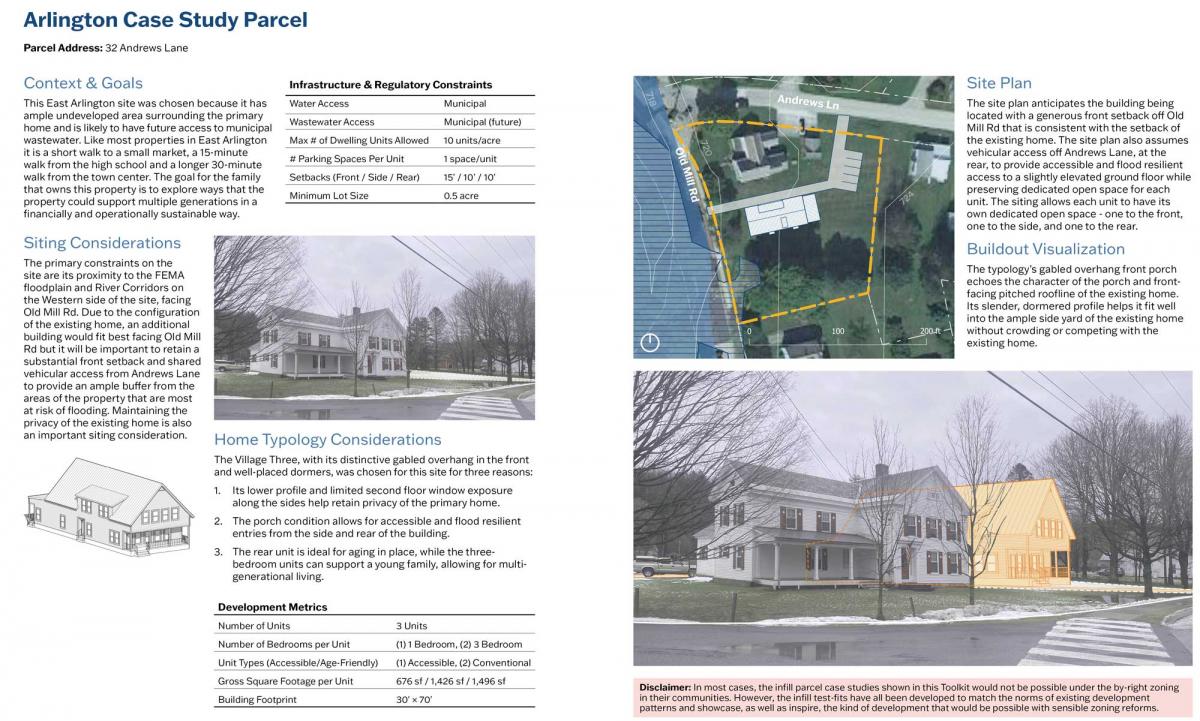
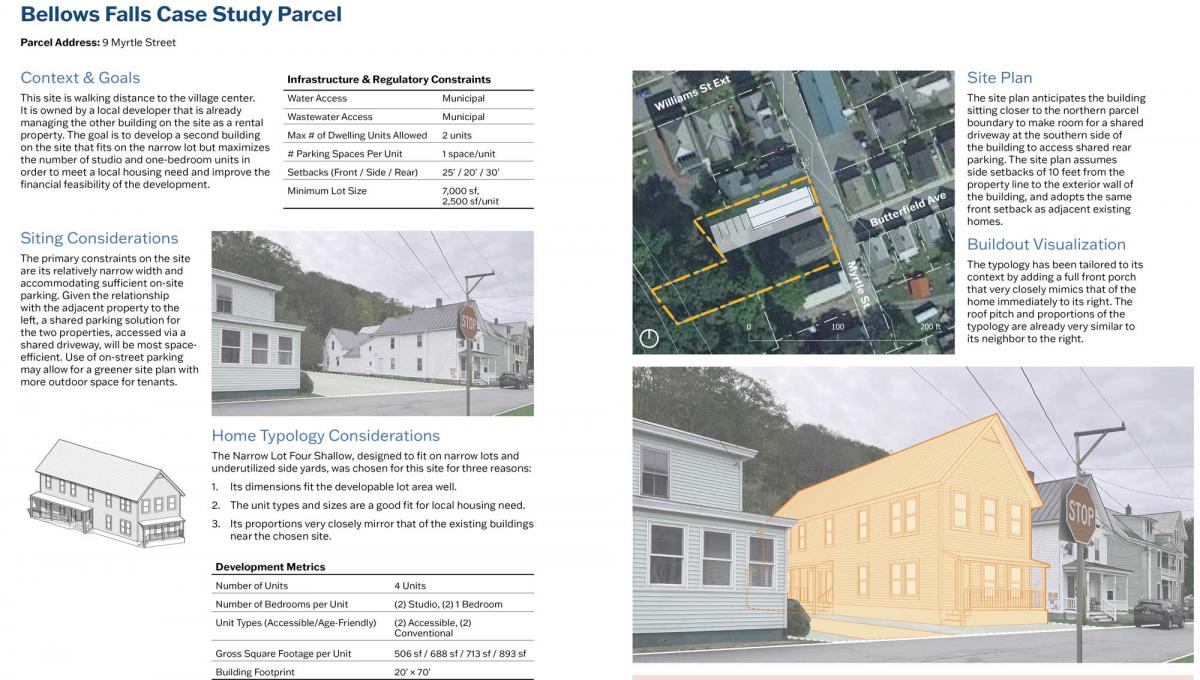
The 2025 Charter Awards will be presented at CNU33 in Providence, Rhode Island, on June 12.
Vermont Homes for All Toolkit, Vermont:
- Utile, Inc., Principal firm
- State of Vermont Department of Housing and Community Development, Client
- AARP Vermont, Client
- Neighborhood Workshop, Policy and Feasibility Analysis
- CommonLand Solutions, Local Community Development Advisor
2025 CNU Charter Awards Jury
- Rico Quirindongo (chair), Director, City of Seattle Office of Planning and Community Development
- Majora Carter, CEO of Majora Carter Group in the Bronx, New York City
- Jake Day, Maryland Secretary of Housing and Community Development
- Anne Fairfax, Principal, Fairfax & Sammons in New York, NY, and Palm Beach, FL
- Eric Kronberg, Principal, Kronberg Urbanists + Architects in Atlanta, GA
- Steven Lewis, Principal, ZGF Architects in Greater Los Angeles, CA
- Donna Moodie, Chief Impact Officer, Urban League of Metropolitan Seattle
- Joe Nickol, Principal, Yard & Company in Cincinnati, OH







